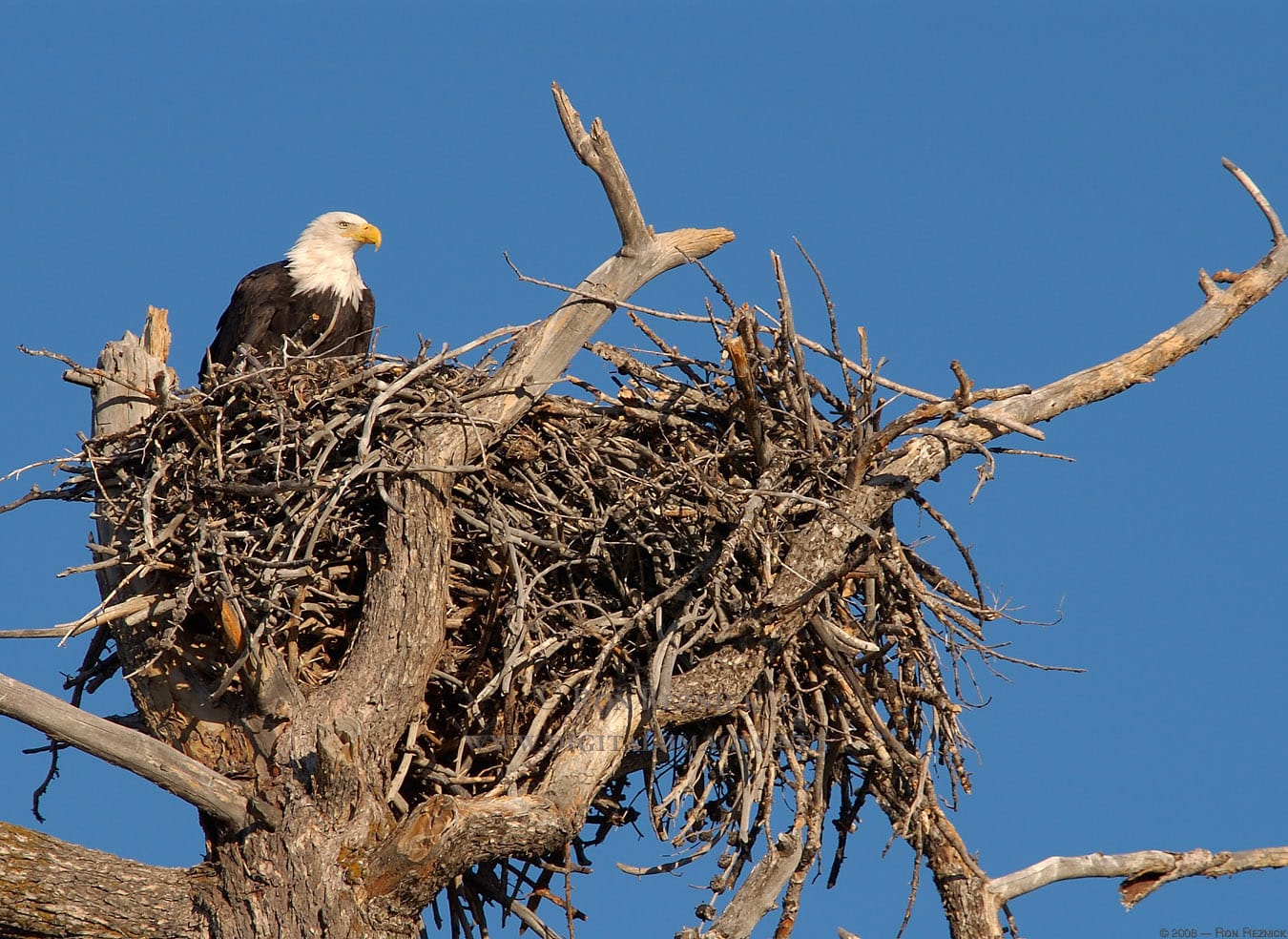Imagine standing atop the Bavarian Alps, surrounded by a panorama of breathtaking peaks. Nestled among these majestic heights is the Eagle’s Nest, a historical landmark where the echoes of the past resonate amidst stunning natural beauty. Once a secluded retreat for Adolf Hitler, this mountaintop destination now draws visitors from across the globe. Join us as we explore the fascinating history of the Eagle’s Nest, uncover the wonders of the surrounding Bavarian Alps, and offer practical advice for planning your visit. Prepare for an unforgettable experience where breathtaking vistas and the weight of history converge.
The Enigmatic Eagle’s Nest
High in the Bavarian Alps, perched precariously on the Kehlstein peak, sits the Kehlsteinhaus, more commonly known as the Eagle’s Nest. This historical site, with its breathtaking views and complex past, draws visitors eager to explore its story and the stunning alpine scenery. Let’s delve into the details that make the Eagle’s Nest such a captivating, and at times, unsettling destination.
A Gift, Not a Home
The Eagle’s Nest is often mistakenly believed to have been Hitler’s primary residence. However, it was a gift from the Nazi Party for his 50th birthday in 1939. While he did visit, historical accounts suggest his visits were infrequent, possibly due to a reported discomfort with heights and the chalet’s confined spaces. It served primarily as a reception area for dignitaries and party officials, a showcase of Nazi power and prestige.
Ascending to the Summit
Reaching the Eagle’s Nest is an adventure in itself. A scenic bus ride winds up the mountainside, revealing panoramic vistas. The journey culminates in a gleaming brass elevator, originally installed by the Nazis, which dramatically ascends through the rock to the chalet. Imagine the historical figures who once rode this same elevator!
Inside the Kehlsteinhaus
Stepping inside, you’ll find much of the original interior preserved. The ornate fireplace, a gift from Mussolini, and the grand dining room offer a glimpse into the past. Studying these preserved spaces may provide insights into the aesthetic preferences and symbolic choices of the Nazi regime. However, it’s crucial to approach this part of the visit with sensitivity and historical awareness.
Separating Fact from Fiction
Many myths surround the Eagle’s Nest. One common misconception is that it was a target of heavy Allied bombing during World War II. In reality, it remained largely untouched and was captured intact. Ongoing historical research continues to explore the Eagle’s Nest’s precise role during the war years, reminding us that our understanding of history is constantly evolving.
A Complex Legacy
Visiting the Eagle’s Nest raises important ethical questions about responsibly preserving sites associated with dark historical periods. The consensus among historians and preservationists is that such sites should be contextualized as opportunities for education and reflection, not erased or glorified.
Exploring Berchtesgaden National Park
Beyond the Eagle’s Nest lies the natural wonder of Berchtesgaden National Park. Hiking trails crisscross the mountains, offering spectacular alpine views. Experiencing this natural beauty adds another dimension to your visit, showcasing the enduring power of nature.
A Place for Reflection
A visit to the Eagle’s Nest is more than just sightseeing; it’s a chance to reflect on history, confront difficult truths, and appreciate the resilience of both nature and the human spirit.
Demystifying Eagle Eyries
We’ve discussed the Eagle’s Nest, but what about actual eagle nests? An eagle’s nest is called an eyrie (pronounced “AIR-ee”). These aren’t haphazardly constructed; eagles are meticulous builders, using large sticks and branches to create a deep, bowl-like base, typically high in strong, living trees—often conifers like pines or sturdy deciduous trees like oaks—or on cliff faces.
Eyries can become enormous over time. The largest golden eagle nest recorded was a staggering 20 feet tall and 8.5 feet wide! Eagles are loyal to their nesting sites, returning year after year, expanding and reinforcing their eyrie. They also often maintain alternate nests within their territory.
Ongoing research suggests factors like prey availability, proximity of other eagle pairs, wind patterns, and thermal currents might influence eyrie location. Much is known about eagle nesting habits, but there’s still much to discover.
| Feature | Description |
|---|---|
| Name | Eyrie |
| Construction | Built with large sticks and branches, forming a deep, bowl-like structure |
| Typical Location | High in sturdy trees (pines, spruces, firs, oaks, hickories, cottonwoods) or on cliff faces |
| Size | Can grow very large over time, with some reaching impressive heights and weights |
| Growth | Expands over years as eagles add more material each nesting season |
| Nest Site Fidelity | Eagles typically return to the same nest year after year |
| Alternate Nests | Eagles often maintain 1-2 alternate nests within their territory as backups. |
Key Takeaways about Eyries
- An eagle’s nest is called an eyrie.
- Eyries are carefully constructed using strong materials.
- They are usually situated high up in trees or on cliffs.
- These nests increase in size over time due to continuous additions.
- Eagles demonstrate strong loyalty to their nesting sites.
- Backup nests are common, providing alternatives if the primary nest is damaged.
Eagle Eyries in the UK
In the UK, an eagle’s nest is also called an eyrie. Whether it’s a Golden Eagle or a White-tailed Eagle, the term remains the same. These substantial structures, often massive, are built high on cliff faces or in the crowns of tall trees, offering protection and a commanding view. They’re crafted from branches, sticks, and lined with softer materials. As eagles add to them year after year, these eyries become legacies.
While “eyrie” is the universal term, the specific location and characteristics can vary. Golden Eagles in Scotland and the Lake District prefer cliff ledges, while reintroduced White-tailed Eagles may choose large trees. This probably reflects regional habitat differences.
Some eagles maintain several alternate eyries within their territory, providing backup options. Just how big can these get? The largest golden eagle eyrie recorded was an astounding 20 feet tall and 8.5 feet wide!
Ongoing research explores how eagles choose nesting sites and other intricacies of their nesting behaviour. While much is known, there’s still an element of mystery. How do young eagles learn such complex construction? How do they adapt to different environments?
Pinpointing the Kehlsteinhaus: Location and Legacy
The Eagle’s Nest, officially the Kehlsteinhaus, sits atop the Kehlstein peak, a subpeak of Hoher Göll in the Bavarian Alps, Germany, overlooking Berchtesgaden near the Austrian border, within Berchtesgaden National Park. Commissioned by Martin Bormann and completed in 1939, the Kehlsteinhaus, a diplomatic reception hall, was rarely visited by Hitler himself, who preferred his Berghof residence.
The journey involved tunnels and a brass-lined elevator. Today, owned by a charitable trust, the Kehlsteinhaus operates as a restaurant and tourist attraction, accessible by bus and the historic elevator.
| Feature | Description |
|---|---|
| Name | Kehlsteinhaus (Eagle’s Nest) |
| Location | Kehlstein peak, Bavarian Alps, Germany |
| Purpose | Primarily a reception hall, less frequently used as a retreat |
| Construction | Completed in 1939 |
| Current Status | Restaurant and tourist attraction |
The Eagle’s Nest’s legacy is complex. It’s a reminder of a dark past, a place where nature’s beauty contrasts with human actions. It invites reflection on history, preservation, and the interpretation of historical sites. Learn more about this history at the Franklin 299 Apartments website which discusses the area’s transformation. For postal information related to the region, visit Fairbanks Postal.
- James Westley Welch: The Man Behind the Icon, Father, and Entrepreneur - November 16, 2024
- Unraveling the Mysteries of Homestuck Aspects: A Comprehensive Guide - November 16, 2024
- Cracking the NYT Crossword: Decoding Intense Aversions (July 2024) - November 16, 2024













